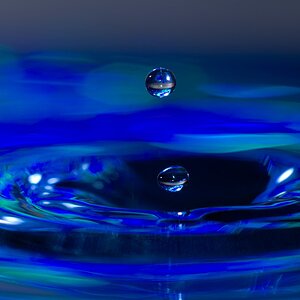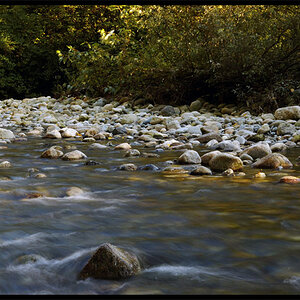- Joined
- Apr 14, 2013
- Messages
- 2,677
- Reaction score
- 2,044
- Location
- India
- Website
- www.rajarshiphotography.com
- Can others edit my Photos
- Photos OK to edit
I have been saving for my underwater kit for a while, and was about to go for the D7000+ikelite housing for my scuba diving needs, budget for the housing around 1800 US$.
Amazon Link
And along comes a fellow diver who highlighted that for about 130 US$ I can get a housing for a Sony A6000/6300. Mind blown, and now I'm wondering whether that will be a good idea. Looking for some opinion, even if the chances are less.
Amazon Link
Amazon Link
And along comes a fellow diver who highlighted that for about 130 US$ I can get a housing for a Sony A6000/6300. Mind blown, and now I'm wondering whether that will be a good idea. Looking for some opinion, even if the chances are less.
Amazon Link
As an Amazon Associate we earn from qualifying purchases.



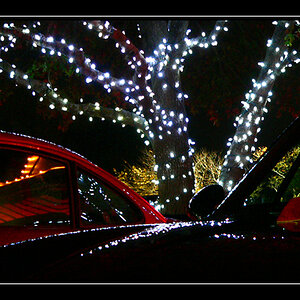
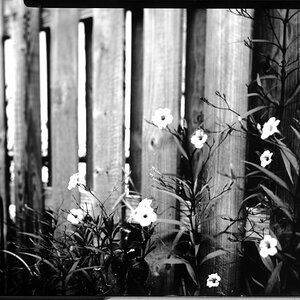


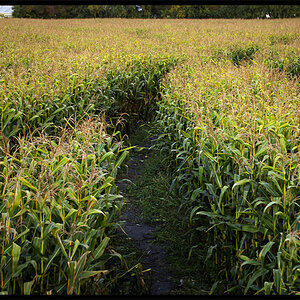
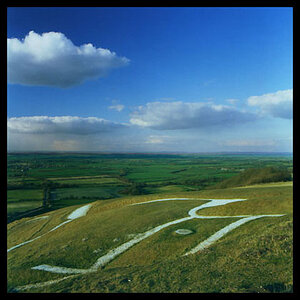
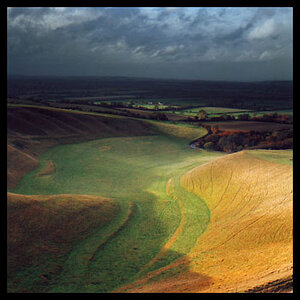

![[No title]](/data/xfmg/thumbnail/38/38739-1ad36a46750bafbe805f009b4453e8be.jpg?1619738703)
